I test TVs for a living — and Hisense needs to improve its TVs in one way before I recommend them
Picture processing needs a boost if I'm going to buy a 2025 Hisense TV
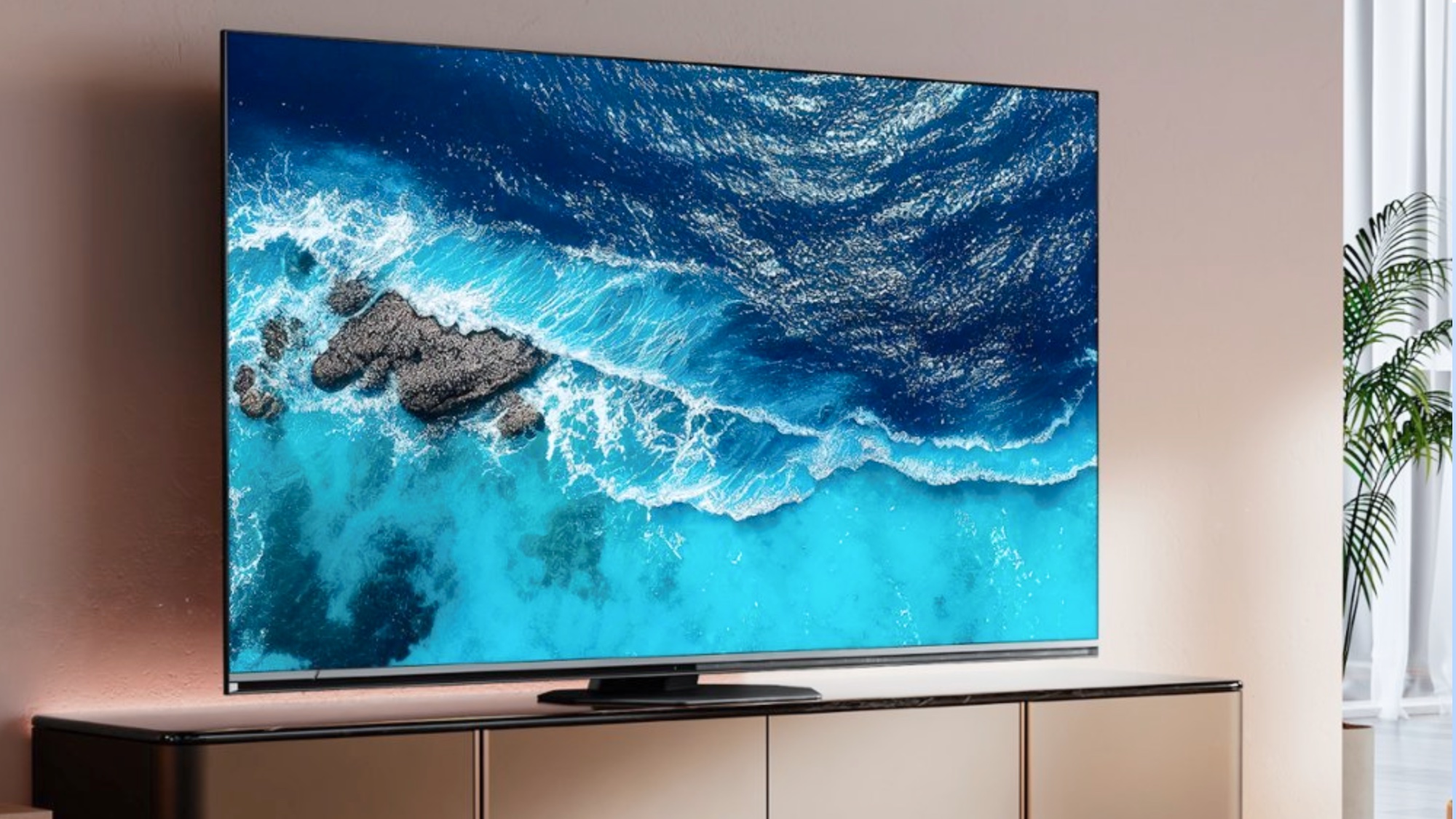
I’ve been covering TVs for over a decade, so take it from me: The industry is healthier with Hisense in it.
In recent years, the brand’s aggressively priced, high-performing TVs have stood toe to toe with some of the best TVs on the market. Its secret sauce has been a blend of high-quality hardware and relatively low price points., like the Hisense U8N — our current pick for the best TV for most people.
As a TV, I love the U8N because it offers high-end, Mini-LED performance at a surprisingly low price. But as a force in the market, the U8N is even better. Its success demands that other big-time brands — like Samsung and Sony — continue to develop better TVs at even friendlier price points.
That’s why I’m hoping that, in 2025, Hisense has taken significant steps towards improving one aspect where its TVs have fallen short: picture processing.
What is picture processing for TVs?
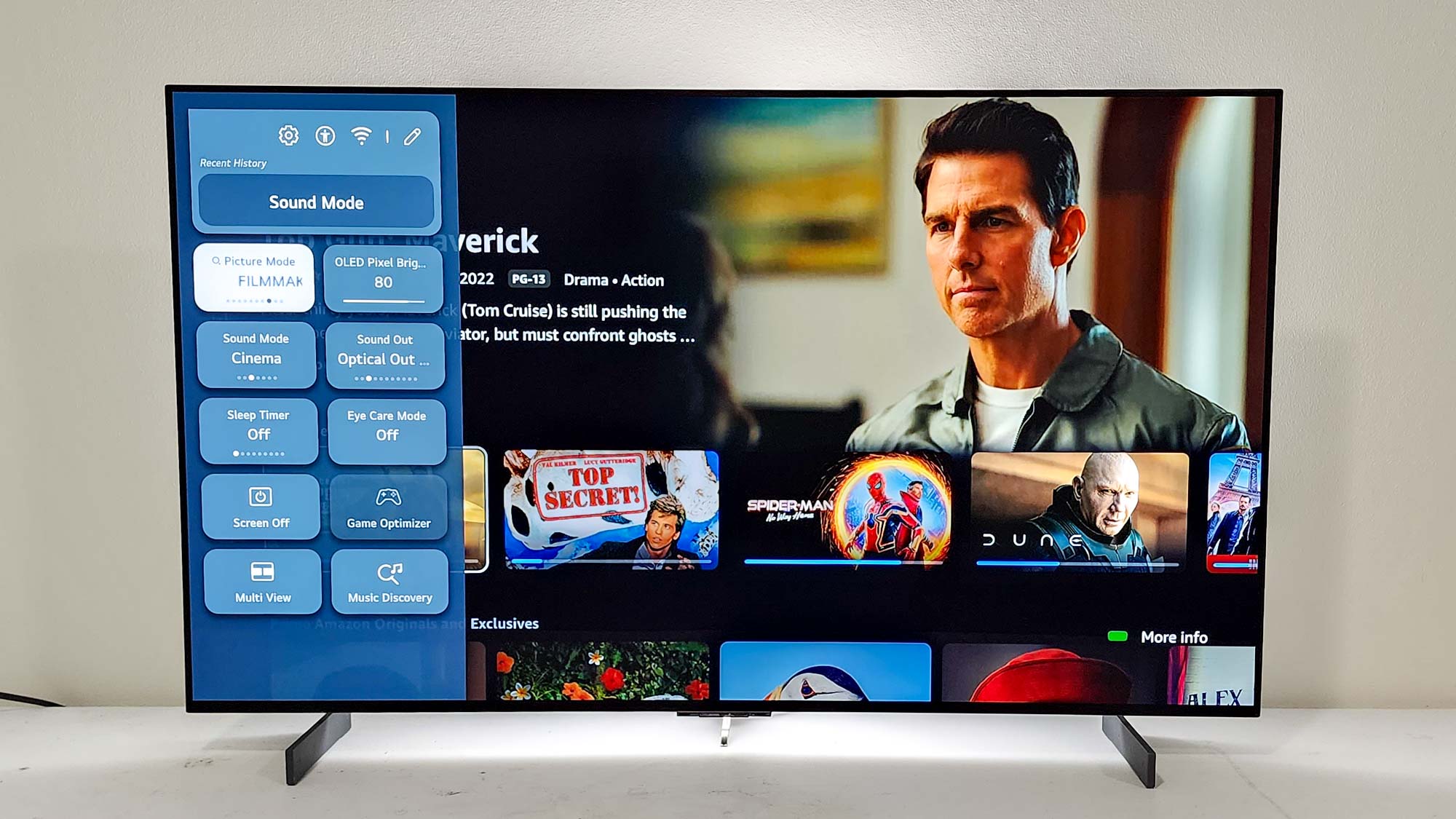
Picture processing refers to all of the behind-the-scenes work a TV does to interpret and display a video signal.
More specifically, processing can involve how a TV upscales an image to its native display resolution, how it resolves fast-moving objects or even something as fundamental as how its colors are saturated.
In evaluating picture processing, I set aside my test equipment and rely mostly on my eyeballs. Measuring a TV’s brightness is straightforward, but recognizing when a TV is struggling to upscale content is something that starts with observation.
And, although Hisense deserves a ton of credit for improving its processing in recent years, there are still some wrinkles I’d like to see ironed out as we await the imminent release of the 2025 Hisense TV lineup.
How have Hisense TVs struggled with picture processing?
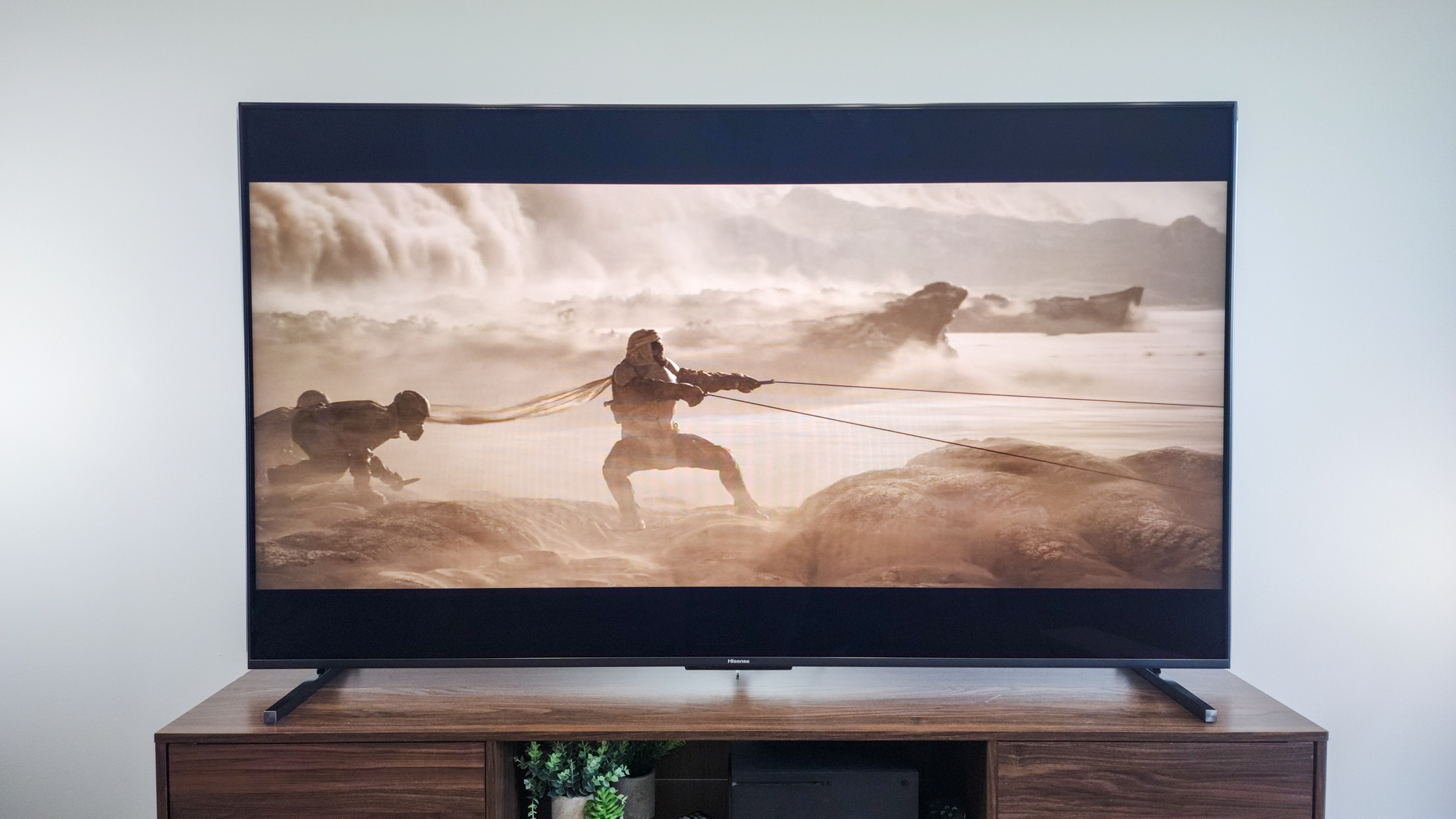
The Hisense U8N comes from a long line of U8 TVs. In 2023, it was the Hisense U8K. In 2022, the brand’s top TV was known as the U8H.
Having spent significant time with all three of these models, I can tell you that they shared some of the same processing-related issues, to varying degrees: upscaling difficulties, motion artifacts and visual interference when it comes to tight patterns.
Difficulties in upscaling sub-4K content to a UHD TV’s native 4K resolution often manifests similarly across different TVs, and this has been the case with recent U8 releases. It usually arrives in the form blurry, smudged details when watching cable TV or something streaming in 1080p.
For several years, I’ve noticed that Hisense TVs belonging to the U8 series (as well as lower-end models in the U7 and U6 series) have also demonstrated strange, motion-related artifacts, especially when certain scenic conditions are met.
The most notable of these artifacts — and, thankfully, the one that has seen the most improvement year over year — involves red-tinted color fringing along the edges of objects , facial features and appendages in motion.
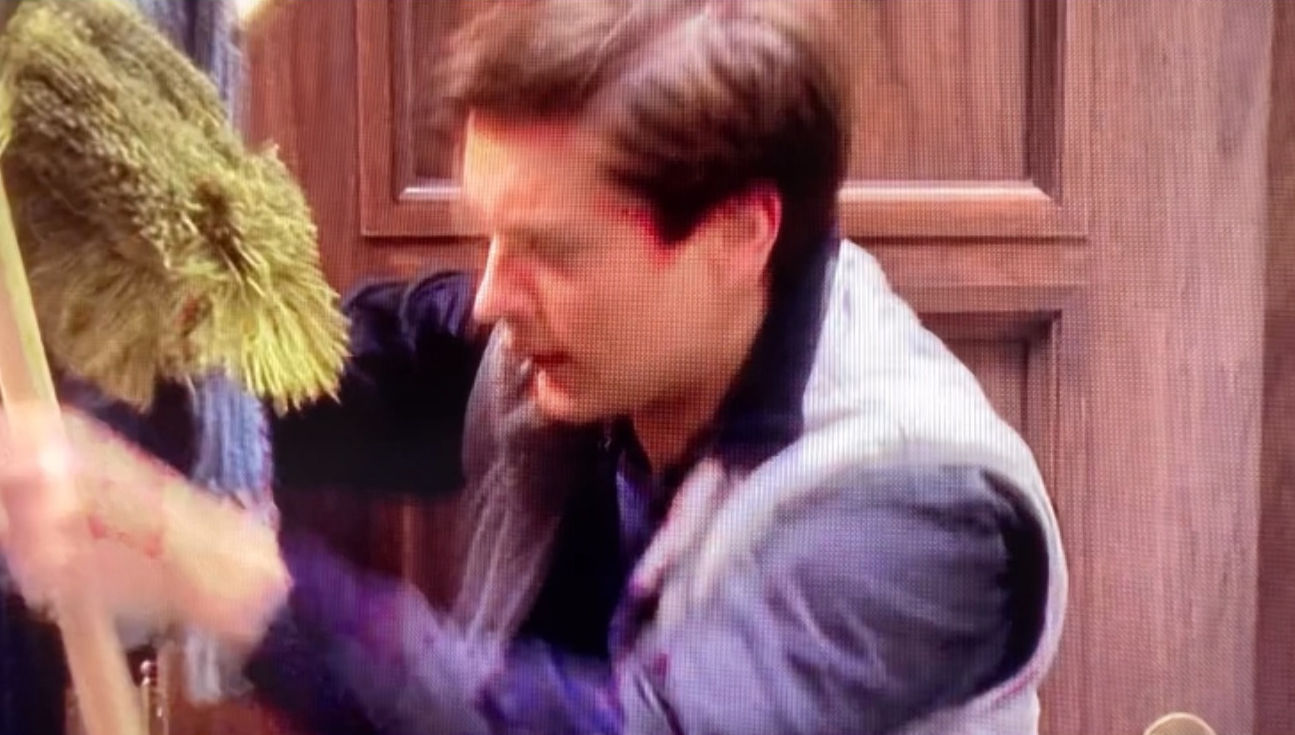
The photo above, while admittedly not the best quality, demonstrates this red color fringing on a recent Hisense release.
The photo above, while admittedly not the best quality, demonstrates this red color fringing on a recent Hisense release. Note the deep, red glow along Peter Parker’s hairline. In my experience, this effect is more likely to rear its ugly head during dimly lit sequences that feature warm-tinted lighting.
Lastly, in my recent TV-testing travels, I’ve noticed that some Hisense TVs struggle to display dense, tightly arranged patterns without visual interference. This can appear within articles of clothing with pinstripes, or as I saw recently on the 2025 Hisense U8QG, the dense coat of hair on a horse’s body.
These issues seem small in isolation, but when taken as a whole, they lend themselves to an overall sense that the finer details are falling by the wayside.
In 2025, Hisense is facing stiff competition from all sides, including Samsung, Sony and TCL. It may have the hardware to hang tough and lower prices to generate hype, but if Hisense isn’t careful, it could find itself short of something important: finesse.
Hisense picture processing in 2025: Outlook
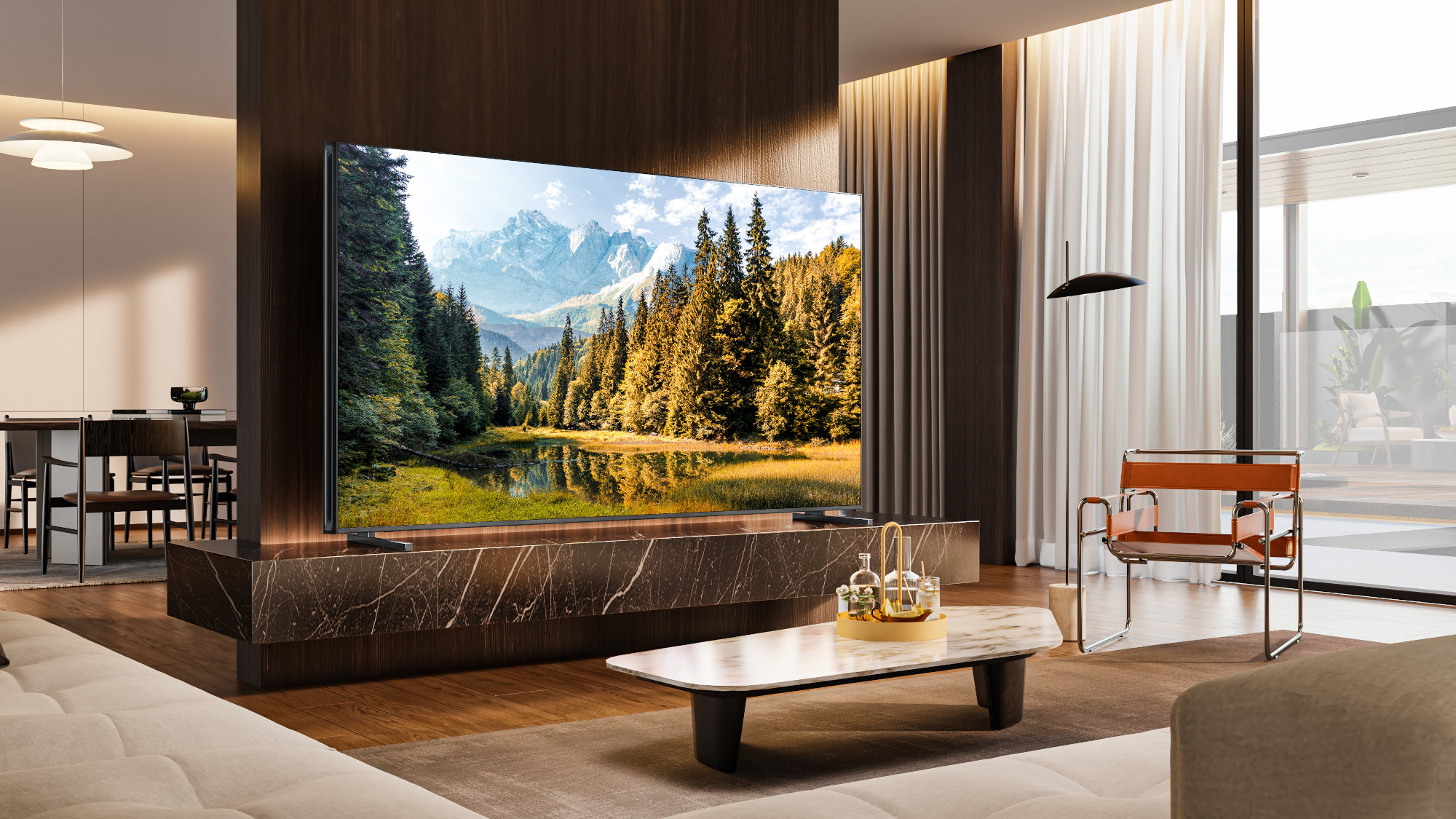
Hisense has listened to feedback from industry professionals and viewers.
First, let’s acknowledge something really important: For at least three years, every Hisense TV lineup has improved these issues year over year. That means that Hisense is taking these things seriously. It even emphasized as much at a recent showcase in New York City.
While praising the upcoming Hisense U7QG, one representative talked at length about how Hisense’s engineers have listened to feedback from industry professionals and viewers, specifically as it relates to motion processing. This is really good news, and frankly, it speaks to Hisense's transparency.
But heading into the 2025 TV season, Hisense still has a lot to prove.
As mentioned, during my time with the all-new Hisense U8QG, I caught glimpses of little flaws here and there (namely, a flattening of details within the hairs of a horse’s back). The edges of people’s clothing came across as fuzzy, too.
With so many incredible-looking mid-range and high-end TVs coming down the pike, Hisense needs to demonstrate that there’s more to its TVs than brightness and budget-friendly price tags. It needs to get the little things right, too.
More from Tom's Guide
Sign up to get the BEST of Tom's Guide direct to your inbox.
Get instant access to breaking news, the hottest reviews, great deals and helpful tips.

Michael Desjardin is a Senior Editor for TVs at Tom's Guide. He's been testing and tinkering with TVs professionally for over a decade, previously for Reviewed and USA Today. Michael graduated from Emerson College where he studied media production and screenwriting. He loves cooking, zoning out to ambient music, and getting way too invested in the Red Sox. He considers himself living proof that TV doesn't necessarily rot your brain.
You must confirm your public display name before commenting
Please logout and then login again, you will then be prompted to enter your display name.
